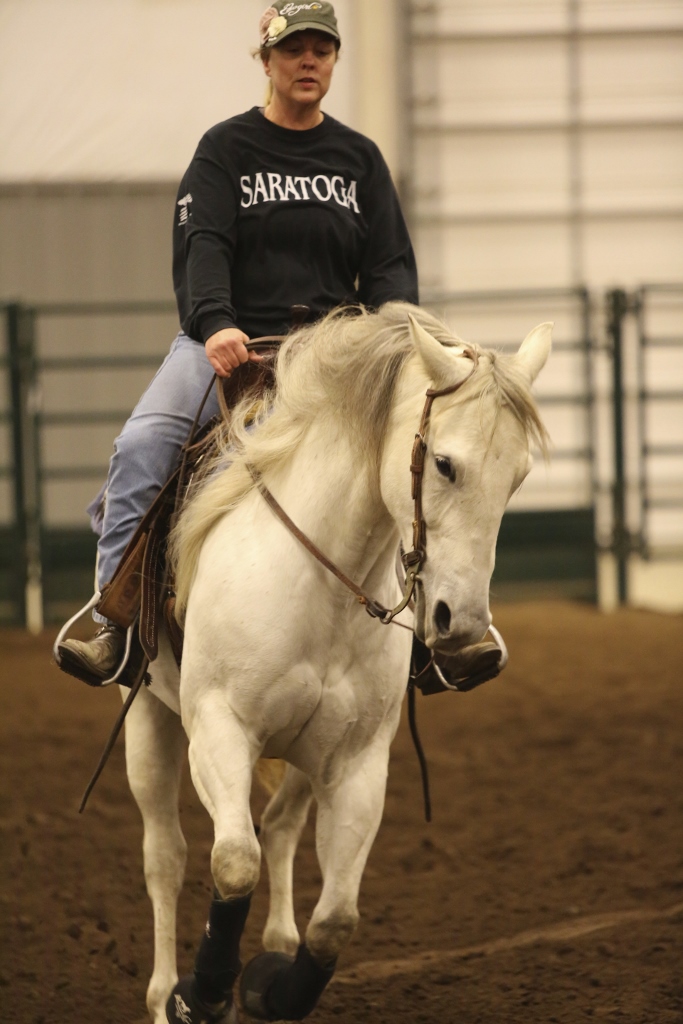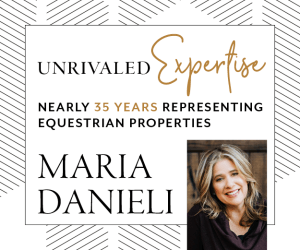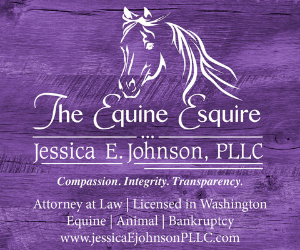The Layman’s Guide to Addressing Soundness Issues
by Allison Trimble
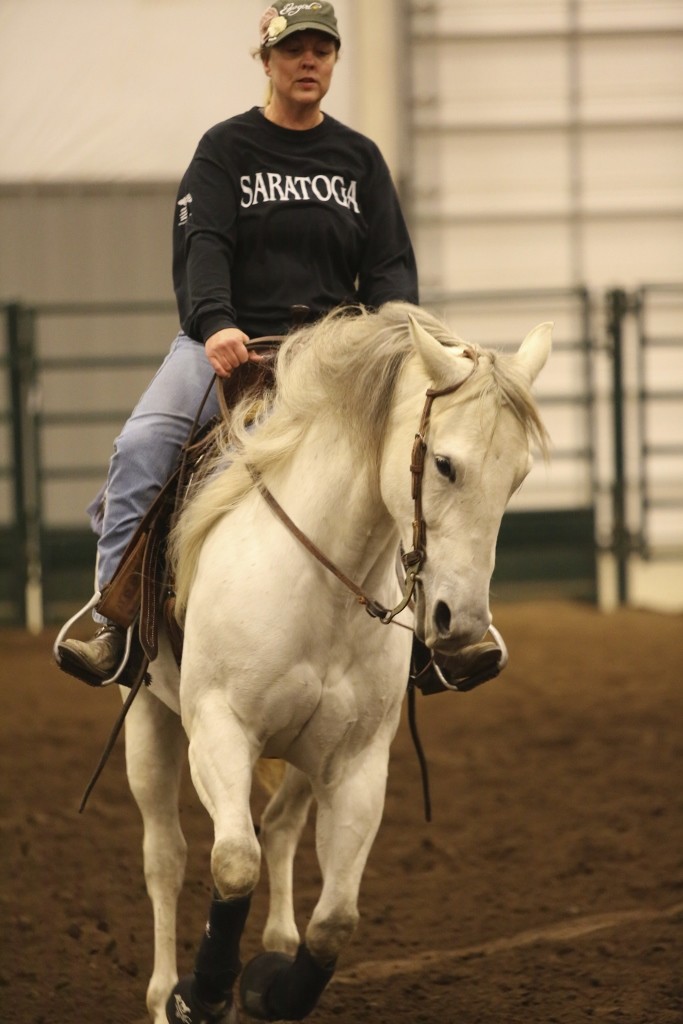
A lame horse is no fun. Besides foiling plans and racking up vet bills, no one likes to see their horse suffer. Since I often get asked to look at a lame horse for friends and clients I thought it worthwhile to discuss the process I go through when one of my own horses is lame and how I address the problem. I want to preface this by saying I am not a veterinarian and always encourage people to defer to their vet in all cases of equine health. This is simply a “layman’s guide,” based on experience. The most difficult part of a soundness issue can be deciding when and how to involve a professional. I hope the following is helpful.
First, assess the situation. If the horse has significant abrasions, or lacerations that need stitching you need to call the vet. Time can play a role in how an injury of this nature heals. Is there heat or swelling in any of the horse’s legs? If I find any heat or swelling, or a laceration that can be rinsed, I immediately start with a cold hosing. It will help with swelling and rinse away any bacteria that can cause infection. Horses can come up 3-legged lame—where the horse will barely touch his foot to the ground. It may appear something must be broken. Most often, this horse just has an abscess that is brewing. Soaking in Epsom salt can help draw out an abscess as can calling the farrier to dig it out. Once it is out, the horse is usually good as new.
What is more troubling is the horse that shows up with a subtle soundness issue when put under saddle. This leaves a rider wracking their brain and asking things like, “Does my horse look off to you?” Typically, lameness shows most obviously at the trot. It can be hard to determine which leg actually has the issue as legs on the same diagonal (front and back) can appear similar. Generally, a hind leg limp has an accompanying head bob. You can also look to see if one leg is “short striding” by watching if the horse’s foot falls are equal while traveling.
From there, I work from the foot up to try and get a better idea of the possible issue. I look for heat and swelling and will palpate the leg checking for pain response to pressure and any lumps or bumps. If nothing jumps out at me, I will next check the horse’s back for tenderness by running my thumb and forefinger down either side of his spine to his tail, looking for flinching, twitching or buckling under pressure. A horse with a tender back could often benefit from a chiropractor and it may be time to check for proper saddle fit. As a general rule, horses with a soft tissue injury (tendons and ligaments) will become worse in softer ground, while joint and hoof issues will be more obvious on harder surfaces. Watch the horse on both types to see where the lameness is more prevalent.
When deciding whether to involve the vet I take into consideration the horse’s intended use. If he is a high dollar show pony with an upcoming event, I am on the phone immediately. If it is a broodmare or my personal saddle horse that can sit for a spell, I give it a few days, perhaps a bit of Bute and see what happens. If there is swelling in one of the lower legs I will often put on a pressure wrap to help diminish the swelling. Please, please become educated on proper leg wrapping before you attempt this. Improper wrapping can itself be a cause of soundness issues.
If the lameness doesn’t improve or worsens in 3-5 days, I give my vet a call. Unfortunately, most soundness issues require some amount of rest, so I generally start there while using inexpensive hands-on treatments as much as I can. Hock and stifle injuries can be tricky and often require more than just rest. The same can be true of tendon or ligament damage and identifying them can help prevent further damage. If I suspect any of the above, I involve the vet.
“An ounce of prevention is worth a pound of cure,” so to help avoid soundness issues make sure the horse is staying fit enough for his intended use. In addition, always warm up and cool down properly and be thoughtful about working horses on good quality ground. Having a great support staff that includes a good farrier and vet are also key in preventing and treating lameness, keeping you and your horse happy and healthy.
Published in October 2015 Issue
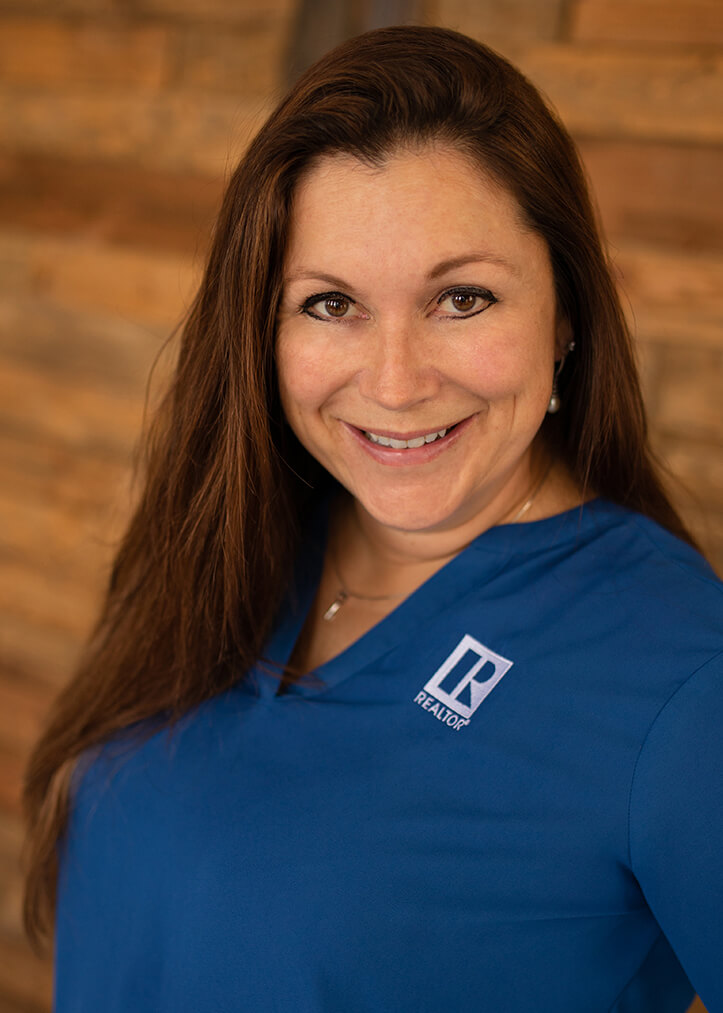
Allison Trimble is a Realtor® specializing in equestrian properties, farm and ranch properties, and residential real estate. As a former horse trainer, and a current owner, breeder and non-pro competitor in cow horse and reining events, she combines her experience in the horse industry with her lifelong real estate expertise to guide her clients through the real estate process.
Learn more at www.coastalrealtywa.com


